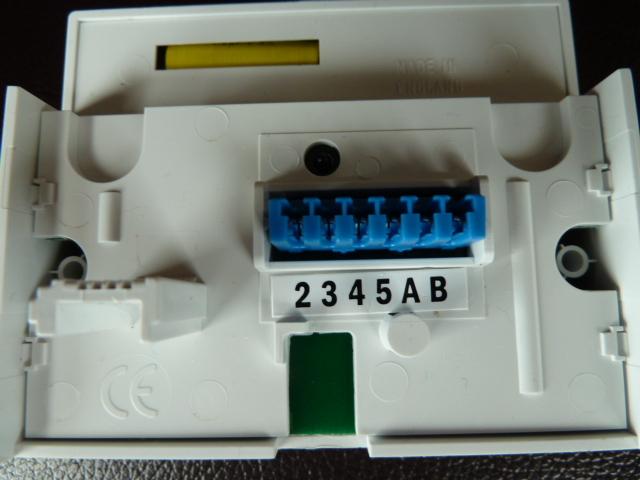I am running a cat5e cable from a filtered faceplate to an RJ11 socket for my modem/router. The filtered faceplate has its own dedicated connections for this purpose (marked A and B in the picture).
I do not understand how to connect the RJ11 end as no instructions came with it.
Could somebody advise how to wire these two up??
Which wires do I connect to A and B on the filtered faceplate and where do they go on the back of the RJ11....??
I see there are two spare holes up the top of the RJ11 where the four coloured wires go in, are they the pace and if so which wire from A nd B goes in which one???
Thank you in advance



